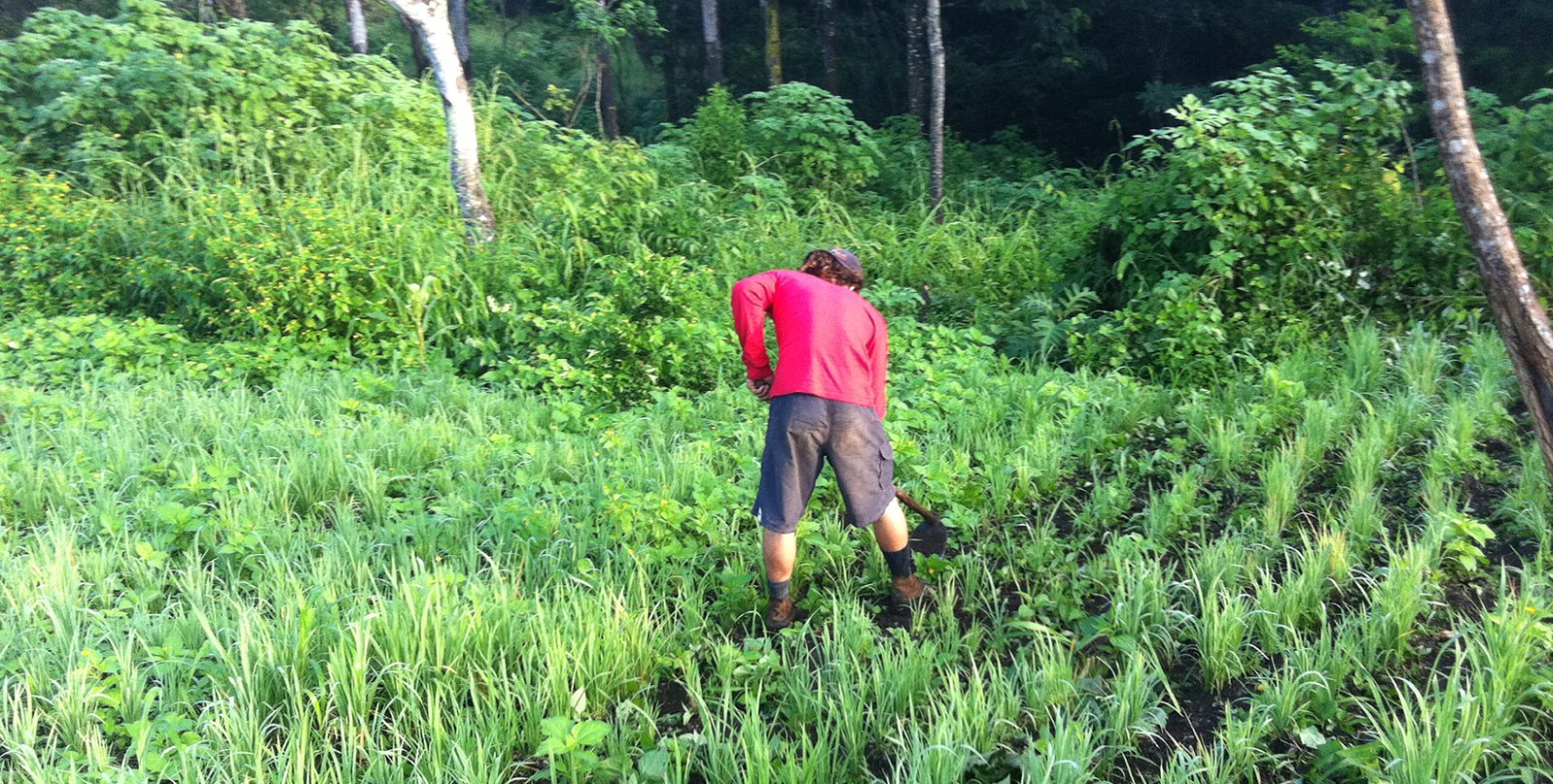
After 30 years of neglect, the Costa Rican agricultural sector will undergo a new census to evaluate the current reality of the country’s productive sector.
The census began last Monday, June 2 on a national level and will cost the government ₡5,960 million ($2.98 million). Funds will be channeled through the Ministry of Agriculture and Livestock (MAG – Ministerio de Agricultura y Ganaderia). Some 1,200 officials throughout the country will participate.
In the Chorotega region, about 280 officials will be visiting farms to complete surveys, gathering information on production levels, the farms’ situation and the activities they develop, including agriculture, livestock, coffee production, and forestry. The roles of women and youths will also be explored, among other topics.
According to Elisa Quesada, spokesperson for the 2014 census, this survey is the sixth of its kind that has been done in Costa Rica; the last one was in 1984.
Quesada says that the rules of the Food and Agriculture Organization of the United Nations (FAO) state that this census should be completed at least every five years. “The delay in implementing this census is mainly due to the lack of interest that has existed among government authorities, and no so much economic reasons,” Quesada indicated.
In a press conference on June 3, President Luis Guillermo Solis said that agriculture is a priority and it is worth the commitment. “This is a high priority activity with strategic importance for the productive sector. A census hasn’t been done for 30 years and we are behind,” he noted.
With regard to the census, Adalberto Murillo, general coordinator for the project in the Chorotega region, called on all farmers to host the officials and complete the survey with trust, giving as much accurate information as possible.
“It’s important that the farmers understand that our officials are going to arrive with proper identification – a name tag, hat and jacket from INEC (the National Institute of Statistics and Censuses). We will use the information they give us in a confidential manner,” said Murillo. “The goal is to have updated information to create policies directed towards solving problems for agricultural producers,” he indicated.
The census will finish on June 30 and the results will be publicized in two phases. First, general data will be ready in December of this year. The second phase will involve final numbers by province and region, and will be distributed in the first quarter of 2015.
INEC has opened phone lines for those with questions on the subject: 2527-1000 and 2527-1151.







Comments